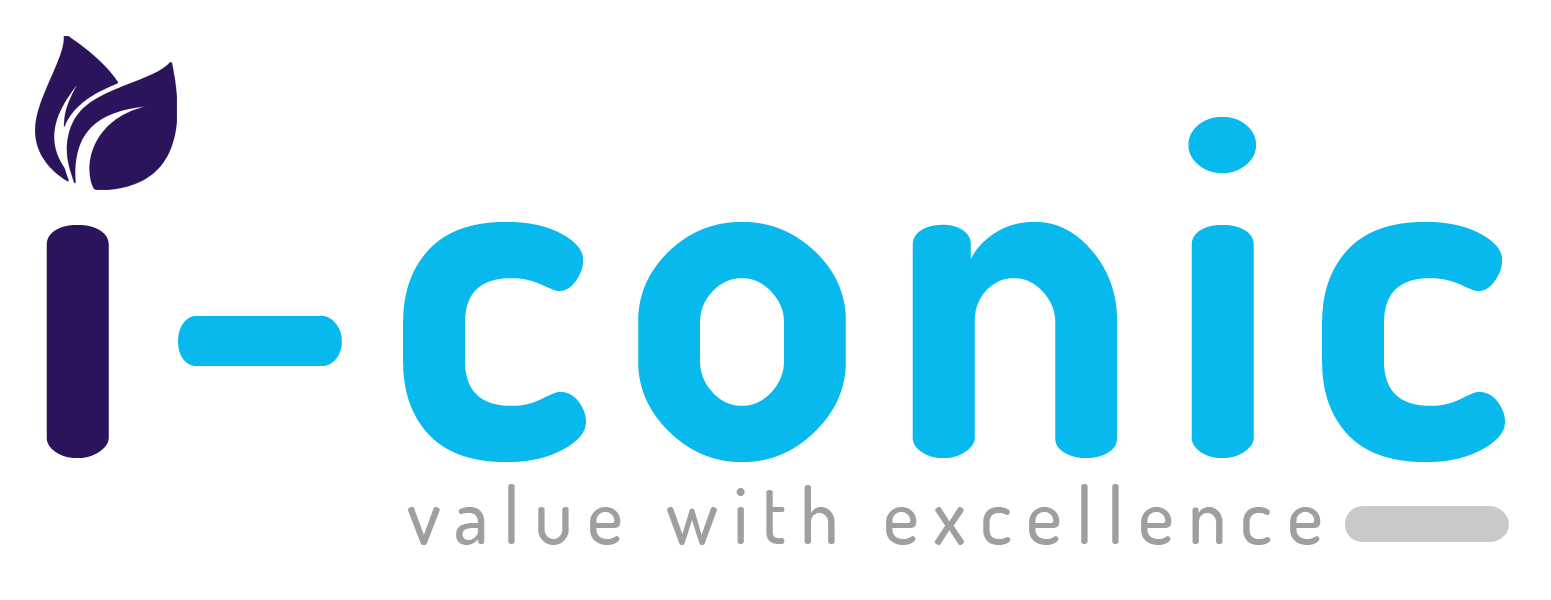Long-Lasting Medical Equipment For the specialty, billing is distinct from conventional medical billing and coding. DME coders and billers, as opposed to those who work with other sorts of equipment, require specialised training to cope with the many medical conditions and equipment that call for various kinds of modifiers. DME billers require highly specific knowledge of various HCPCS Level 2 code types.
In order to improve the effectiveness of the billing process, let's examine the coding practises that can be used:
-
- ICD-9 codes are between three and five digits long and describe the patient’s diagnosis.
- In reality, HCPCS Level I codes are used for CPT restorative pricing. They are 5 digits long and describe the procedure used during the patient visit.
- In reality, HCPCS codes are HCPCS Level II codes. These also have five digits and combine the two numbers and letters. The majority of the equipment or provisions used in the patient’s care are covered by these codes.
Under HCPCS Level II, all durable medical equipment is organised. These are the primary codes that you will employ in that role if you are a DME biller or coder.
A rehabilitation professional must suggest durable equipment, it must be determined that it is therapeutically necessary, and then it must be approved by the patient’s insurance company. The patients receive the hardware at that precise moment.
Hence, the methods for strong medical device charging and coding are significantly more complicated than those for standard charging and coding.
The Durable Medical Equipment Billing and Charging Process:
- An expert must examine the patient if the specialist determines that the patient’s consideration or determination, or some other type of harsh restorative hardware, is therapeutically necessary. For instance, a child with a croup visits a paediatrician’s office (irritation of the aviation routes). The doctor examines the patient and determines that nebulizer therapy will be necessary to control steroid inhalation. For the length of the night or until the side effects stop, this should be handled as per schedule. The specialist will confirm that the patient requires a nebulizer to go home with them in this case and will recommend one to the patient.
- The patient will next visit a DME supplier to purchase the supplies after seeing the specialist and receiving a recommendation for some durable medical equipment. This means that as a coder, you must locate the supplier’s medication and obtain the patient’s billing and protection information. You might also need to obtain a pre-approval if that is critical for the patient’s protection. Here, the insurance company has examined the patient’s diagnosis and course of treatment agrees with the findings and supports the use of the DME supplies.The DME provider can then locate and offer the patient with the appropriate piece of hardware once the majority of the crucial printed material has been completed. The patient will provide the DME provider their nebulizer machine treatment because of the nebulizer machine. The majority of the crucial printed information will be completed by the billers at the DME supply company, and they will also provide the patient with the appropriate machine. This process operates similarly to a medication solution.
- Giving out the appropriate codes and billing the case to the patient’s insurance company is the final step of the difficult restorative hardware charging and coding process. This includes using the HCPCS manual to identify the appropriate HCPCS Level II codes. Although it may seem straightforward, it’s crucial to make sure that every piece of supplemental equipment is coded for. For instance, the patient won’t just need to receive the nebulizer machine from the DME supplier. Depending on the patient’s age, they will also need to provide the air hose tubing and the appropriate face mask. All three of these requirements must be strictly coded.
To guarantee that the insurance company will cover the operations, the DME biller should deliver the case together with any necessary approved paperwork.
Durable medical equipment (DME) billing is handled by Medical Billers and Coders (MBC), a team of skilled coders who have over 10 years of experience in the field.
Do’s of Durable Medical Equipment (DME) Billing:
#1: Need for Proof of “Reasonable and Necessary” Supplies
Each piece of evidence you include with your claim must show medical necessity. The item must be medically required for the patient, and you as the clinician must show Medicare this. You can provide documentation to support the DME’s “reasonable and required” status.
- Hospital and physician medical records
- A medical expert should be consulted for prescriptions.
- Health necessity Certificate signed by the DME provider and medical professional
- Progress reports with signatures and dates
#2: Use Up-to-Date Codes and Modifiers
When filing the payment claim, you must ensure that the equipment includes the proper modifiers and shows the necessary codes. Make sure that:
- The ordered DME is represented by HCPCS Level II codes.
- Provide all pertinent item information along with modifiers.
#3: Collection of service fee on-time
You might not be aware of it, but the likelihood of your collection reducing by more than 45% right away increases when a patient tends to depart your medical institution. You must therefore make sure that the coinsurance and copays, together with any past dues and projected deductibles, are collected after the equipment has been given. So, it is always a good idea to have a thorough check-out process in place to increase the possibility of gathering before the patient is released from the facility.
Don’ts of Durable Medical Equipment (DME) Billing:
#1: Don’t underestimate the necessity of a practised check-in policy
A clear policy that is adhered to each time a patient checks in lowers the possibility of subsequently dealing with DME medical billing concerns. Make sure your patient is aware of your payment procedures and that all of their information (personal and insurance) is filled out completely and accurately before moving further. It is a good idea to ask them to review and confirm that their information is still accurate each time they visit your office, even if they are regular patients.
#2: Don’t avoid Missing or Incorrect Information
Claim denials are typically the result of mistakes or omissions, which can be readily prevented by double-checking all fields before submitting a claim. Complications might result from incorrect or missing patient information, including names, birth dates, addresses, insurance details, sex, treatment start dates, and onset.
Information can mistakenly be recorded into the wrong patient’s record, however, it seldom happens. If DME reimbursement merely enters the information given and does not look into treatment and diagnosis discrepancies, a claim will be denied. Sadly, busy billing departments will notice these problems. But prevent that from happening.
#3: Don’t stress over claim denials and appeals
Your chances of getting a claim denied will be much decreased if you adhere to the first few dos and don’ts. Although the DME medical billing procedure is almost flawless, claim denials do happen infrequently. Using DME medical billing services that can commit the necessary time to addressing the issue and getting your claim authorised is the best strategy for handling claim denials and appeals. Keep in mind that delays will result in the loss of appeals.
Conclusion:
Your DME services can be more productive by planning and outsourcing the billing and claims management process, which will enable a far more successful A/R collection procedure. To keep a successful RCM process, you must verify that DME reimbursements are flowing. Yet, while outsourcing to a trustworthy I-Conic Solutions, it’s important to keep in mind the dos and don’ts of billing for durable medical equipment (DME).






